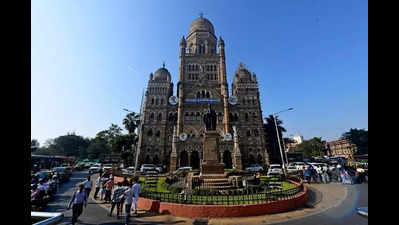BMC to soon collect hazardous domestic waste from societies | Mumbai News – The Times of India

Mumbai: The BMC is likely to separately collect hazardous domestic waste, including sanitary napkins, batteries, wires, and diapers, from housing societies starting this month. This waste will be sent to plasma-based processing units, said civic officials.
The BMC plans to initially target 5,000 housing societies to create awareness about the need for the separation of hazardous domestic waste. “We will engage NGOs to go to housing societies and create awareness about the need to segregate and collect hazardous domestic waste separately. We will provide free services to pick up hazardous domestic waste from societies by deploying special vehicles. Initially, we will deploy one tempo per zone. Once societies start segregating the hazardous waste and the demand for our collection service increases, we will deploy additional vehicles,” said a civic official. “We also plan to insist on a separate yellow bag for the collection of hazardous domestic waste.”
According to BMC data, Mumbai generates about 70 tonnes of hazardous domestic waste daily, of which only a negligible amount is processed using plasma incinerator units. “As of now, BMC has five fully operational plasma-based hazardous waste processing units in the city. Each of them has a capacity to process about four tonnes of waste, but are operating under minimal capacity with waste separated at the dry waste centres,” added the official.
Rajkumar Sharma of the Chembur-based advanced locality management and networking action committee pointed out that most Mumbaikars don’t even know what constitutes hazardous domestic waste. “The BMC should first create awareness among people and start from schoolkids,” he said. “A simple thing like waste segregation is not being implemented properly. Some ALMs initially tried to help in waste segregation, but when they saw BMC vehicles themselves mixing waste, they stopped doing so. Now, BMC sends separate vehicles for wet and dry waste collection, but the dry waste vehicles are not regular owing to low quantum generated.” Hazardous household waste includes aerosol cans, batteries and button cells, bleaches and cleaning agents, bulbs, tubelights, and discarded medicines and their containers.
















